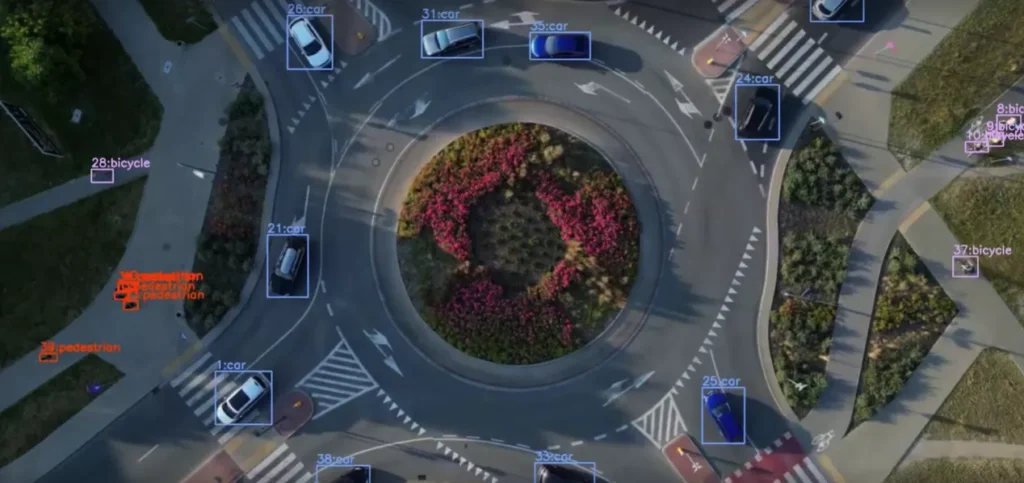
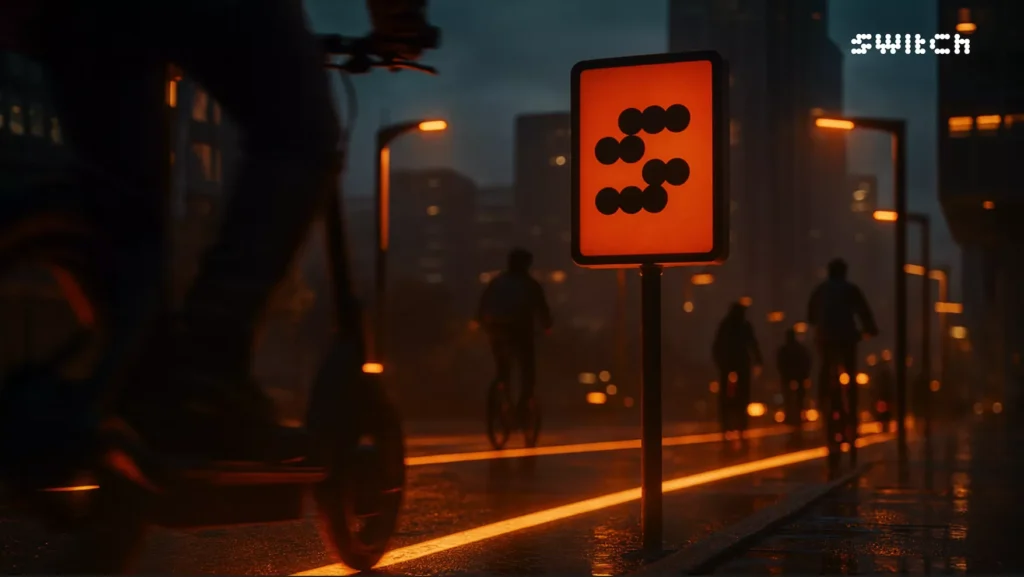
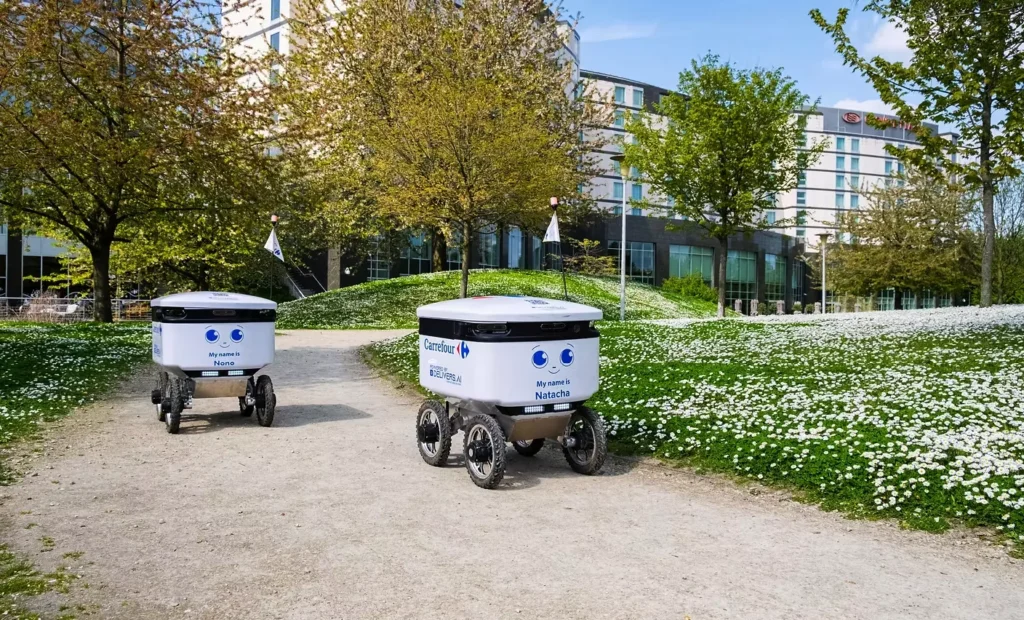
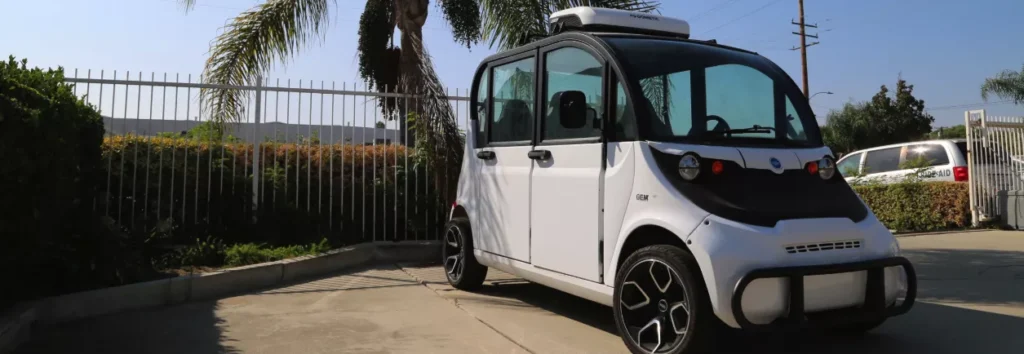
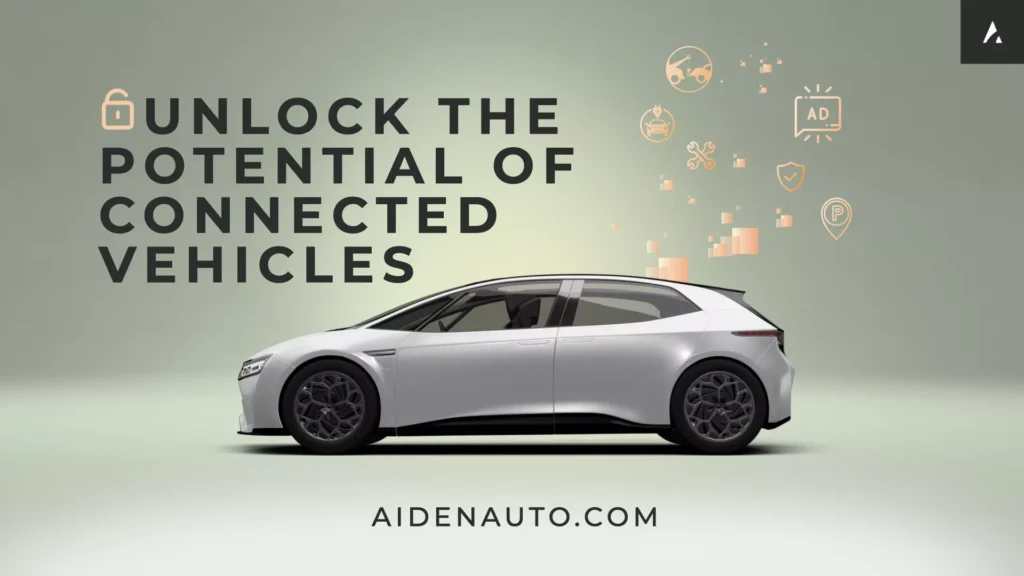





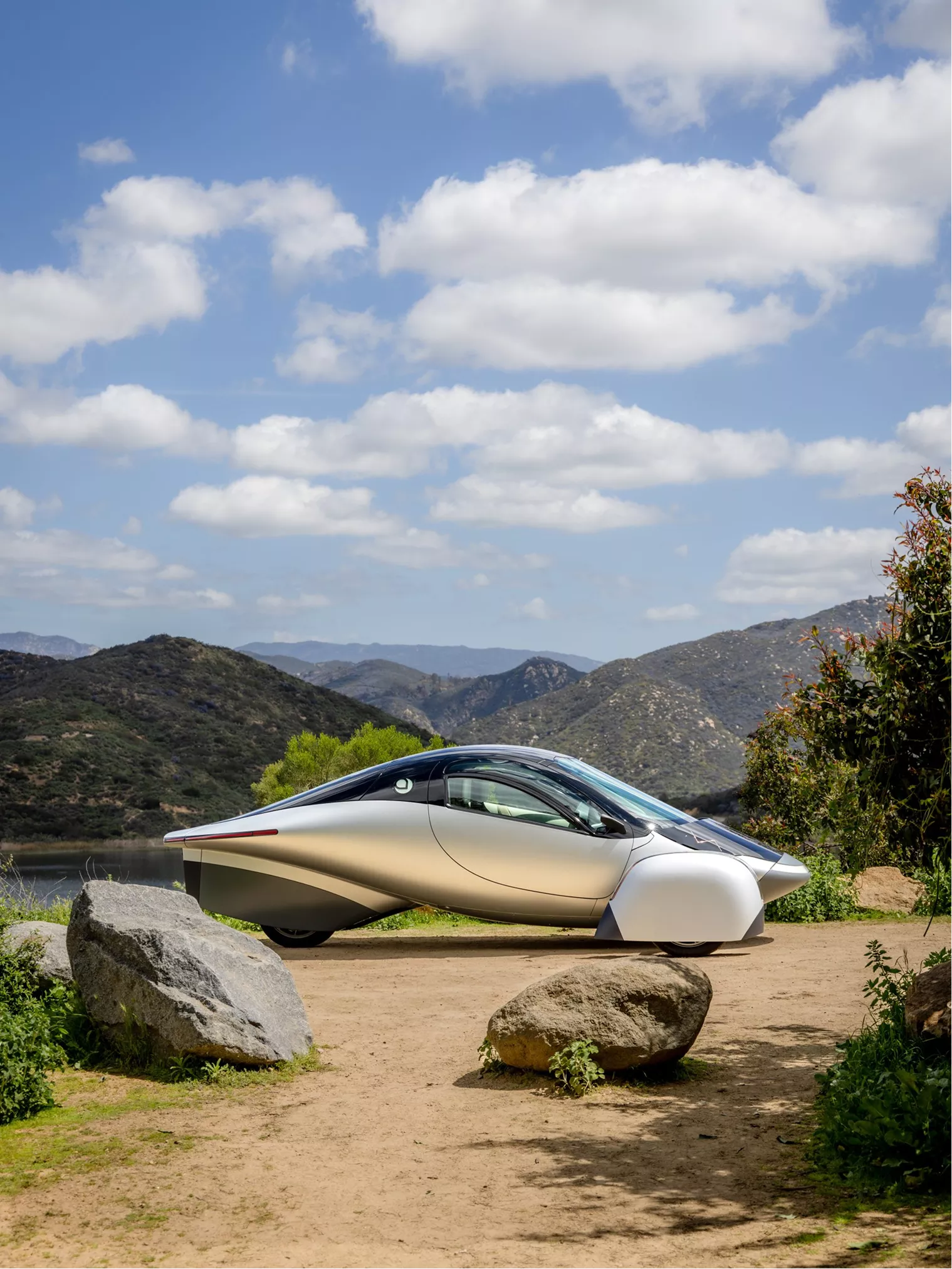
From EVs and batteries to autonomous vehicles and urban transport, we cover what actually matters. Delivered to your inbox weekly.
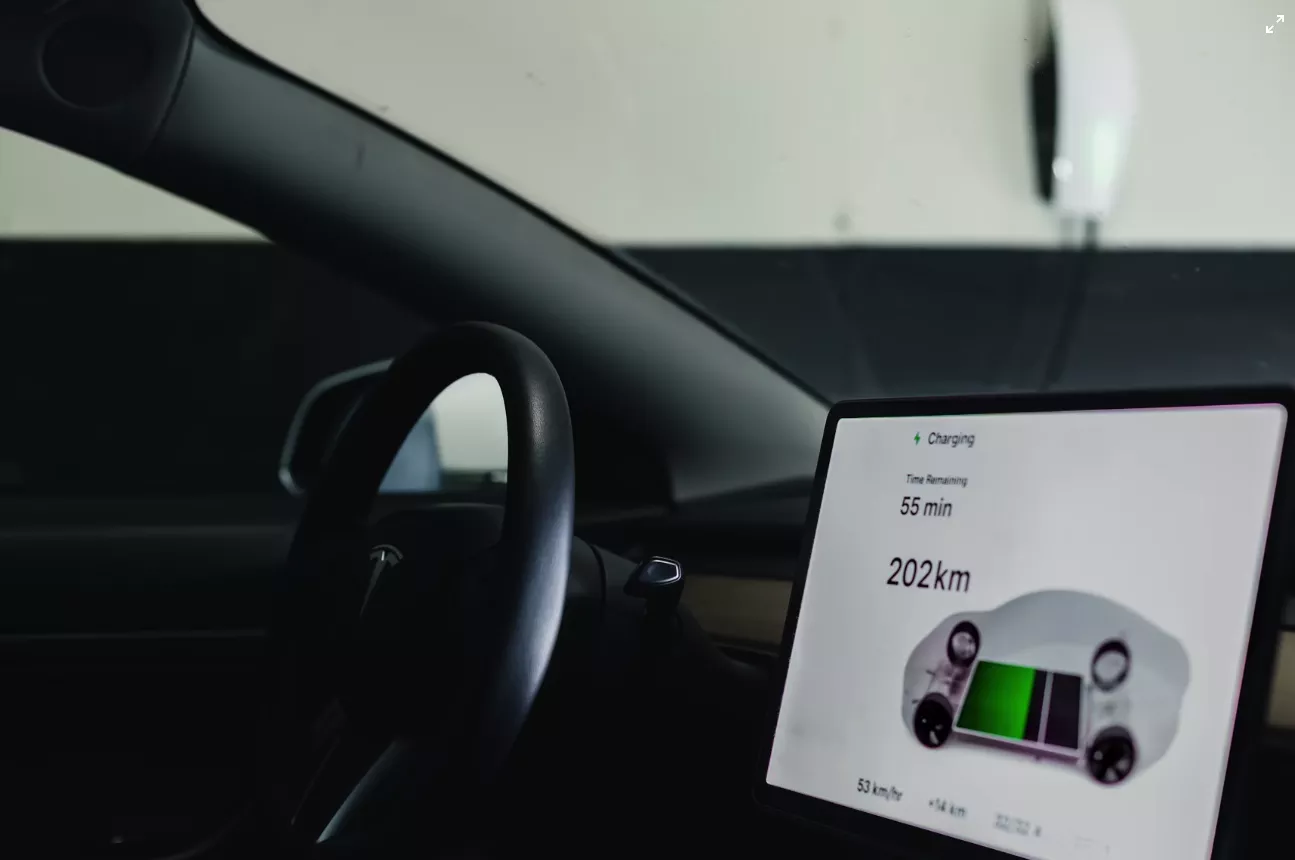
Charging in 12 minutes? Battery tech is finally catching up.
Forget vague roadmaps and endless prototypes. July gave us concrete progress in the world of batteries — real breakthroughs, real specs, and real timelines.
From faster charging to cold-weather reliability, the bottlenecks are starting to break.
The next big leap in mobility? It might come from chemistry, not chips.
What if your EV didn’t just move you — but made you move?
Meet TWIKE, the radically efficient, human-electric hybrid vehicle from Germany. With room for two and a top speed of 190 km/h, it blends pedal-powered input with electric drive — giving you up to 500 km of range on just 15 kWh.
TWIKE’s aerospace-inspired design makes it one of the lightest EVs in the world. And its minimalist cockpit ditches complexity in favor of control, simplicity, and… a little cardio.
⚡ Less weight.
💨 Less energy.
🚴♂️ More movement.
TWIKE is redefining what personal mobility could look like.
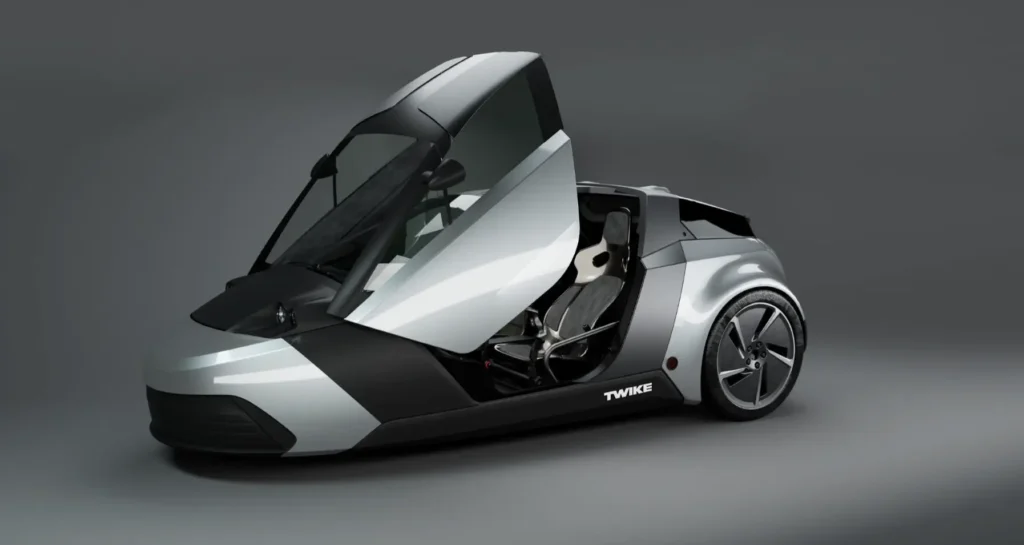
For years, the battery industry promised wild things — 1,000 km range, lightning-fast charging, solid-state safety. But the reality? Delays, lab prototypes, and press releases with no follow-up. Consumers got impatient. Automakers hedged their bets.
Even solid-state evangelists like Toyota and QuantumScape struggled to hit production timelines. Meanwhile, cold-weather performance, cycle life, and raw material bottlenecks remained major roadblocks.
July changed the narrative.
These aren’t science fair slides. They’re production plans, tech specs, and early deployment targets.
By 2027:
The focus is shifting.
Range isn’t the only headline anymore. It’s about convenience, resilience, and how fast your car is ready to roll.
We have some catching up to do.
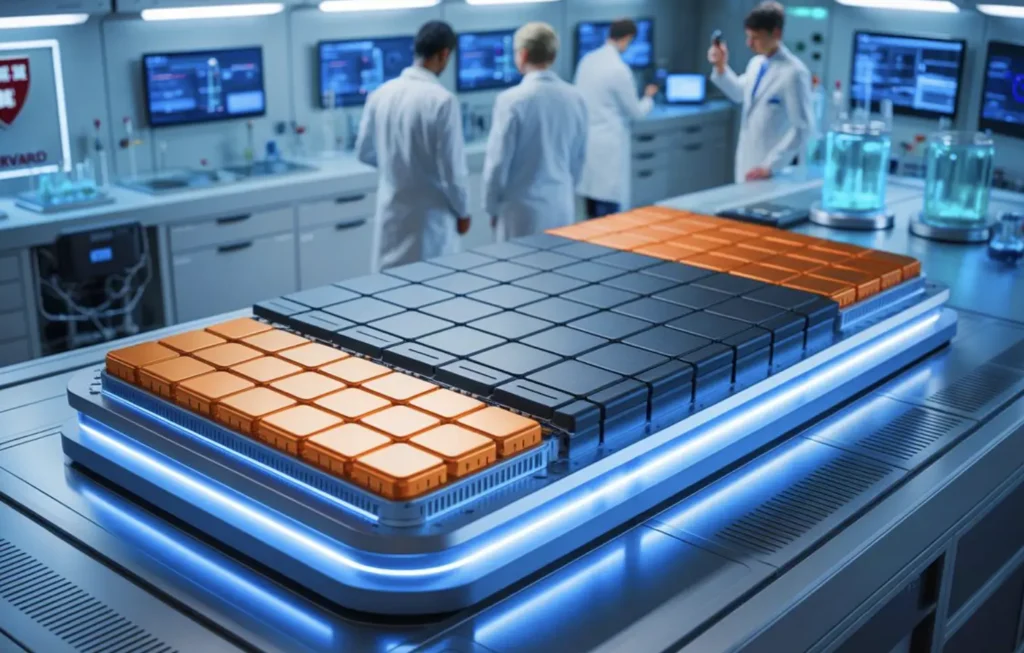
🔬 Harvard Debuts 10-Minute Full-Charge Solid-State Battery
Harvard researchers revealed a new solid-state battery that can fully charge in just 10 minutes. The design uses a novel multilayer architecture to boost safety, longevity, and performance — with early tests showing strong potential for commercial EV use. (Energy Reporters)
⚡ CATL Doubles Lithium-Metal Battery Cycle Life, Hits 500 Wh/kg
CATL quietly shared that it has reached 500 Wh/kg energy density with lithium-metal batteries — and nearly quadrupled their cycle life. This could be a major leap for both EVs and grid storage, pushing solid-state-class performance into real-world timelines. (Smart Solar Lights)
🔋 “Old” LFP Battery Chemistry Gets a Second Wind
Once seen as basic tech, LFP batteries are now pushing 2,000–3,000 cycles — that’s up to 1,000,000 km of EV driving. With this kind of endurance, LFP is stepping up as the new global standard for affordable, long-lasting EV batteries. (TS2 Tech)
🚗 China’s First Semi-Solid-State EV Hits the Market
MG (SAIC) is launching an EV powered by a semi-solid-state battery — delivering 1,000+ km range and 250 miles of charge in 12 minutes. It’s a real-world bridge tech pushing solid-state closer to mass adoption. (Car News China)
⚗️ Water-Based Batteries Take a Big Step Forward
University of Alberta researchers developed a pressurized organic electrode system that boosts energy density, lifespan, and charging speed in aqueous batteries — opening the door to safer, eco-friendly alternatives to lithium-ion. (University of Alberta)
🚫 China Tightens Grip on Battery Tech Exports
On July 12, China enforced new export controls on eight critical EV battery technologies, including cathode materials and lithium extraction processes. Manufacturers must now get government licenses to transfer these technologies abroad — a move that could disrupt global supply chains and slow down international battery development. (SCMP)
Solid-state, semi-solid, LFP, aqueous… every few months, someone claims they’ve “reinvented the battery.” But this time? It’s different. Because now the breakthroughs are shipping — not just sitting in press releases.
Let’s unpack what’s actually changing — and what’s still smoke and mirrors.
🚫 Reality: It’s entering production pipelines now.
Toyota says it’ll launch a 745-mile, 10-minute charging solid-state EV by 2027, and it’s backing that claim with real manufacturing plans.
QuantumScape is hitting target performance in large-format cells — no more lab-only demos.
And 24M just opened a U.S. pilot plant for its semi-solid-state tech, partnering with OEMs behind the scenes.
This isn’t “maybe someday.” It’s “now in pilot.”
🚫 Reality: LFP is breaking performance barriers.
CATL’s new Shenxing Plus battery delivers over 600 miles of range and ultra-fast charging — with LFP chemistry. That shatters the old view of LFP as a budget option.
With better cold-weather performance and longer life cycles, it’s becoming the go-to for mass-market and premium EVs alike.
🚫 Reality: Some are closer than you think.
We’re not talking fantasy. These are hitting pilot phases with industry backing.
It’s diversified. No single “miracle material.” Just a wave of real, manufacturable advances — across chemistries, geographies, and use cases.
Solid-state for flagship models.
LFP for the masses.
Semi-solid and aqueous for niche plays.
The battery race isn’t about one winner — it’s about who can scale the right stack for the right segment, faster than the rest.
“A Battery That Lasts 50% Longer Is Finally in Production” — The Wall Street Journal
Forget lab slides and pitch decks — this one’s shipping. WSJ dives into how Ion Storage Systems is now producing ceramic-based solid-state batteries in Maryland, backed by the DOE and ARPA‑E, with early units headed to the U.S. military.
It’s a must-read for anyone tracking how the U.S. plans to claw back leadership in battery innovation — not through flash, but through manufacturing-first R&D and real-world deployments.
🧪 Ceramic layers.
🔋 50% longer lifespan.
🇺🇸 Built on U.S. soil.
Solid-state, semi-solid, LFP, sodium-ion — the battery race isn’t ending in one winner. It’s splintering into segments, use cases, and regions.
🔋 Luxury EV? You’ll want 800V solid-state with 10-minute charging.
🚙 Mass-market car? LFP’s cost and durability win every time.
🏙️ City scooter or low-speed vehicle? Sodium-ion or even aqueous might cut it.
This is all about which stack fits your market and how fast you can scale it.
The next big EV advantage won’t come from range, but from battery fluency.
📬 Hit reply and tell us: Which chemistry do you think will win where you live?